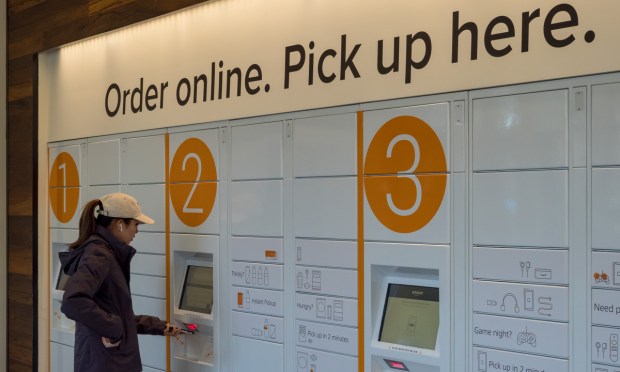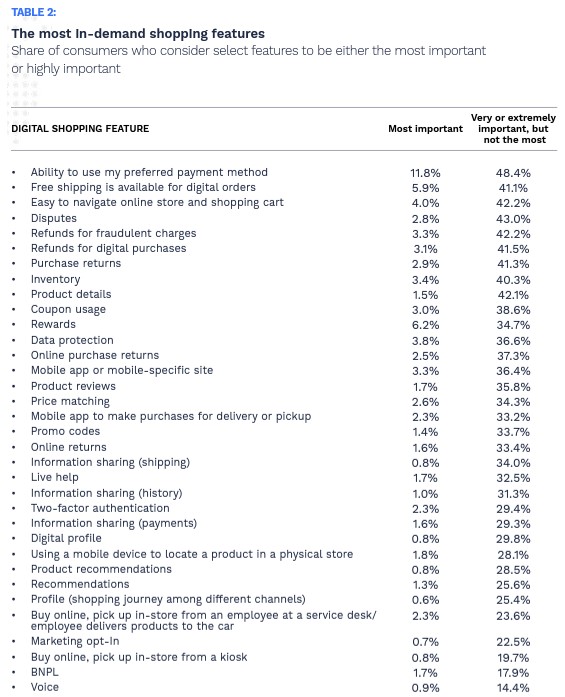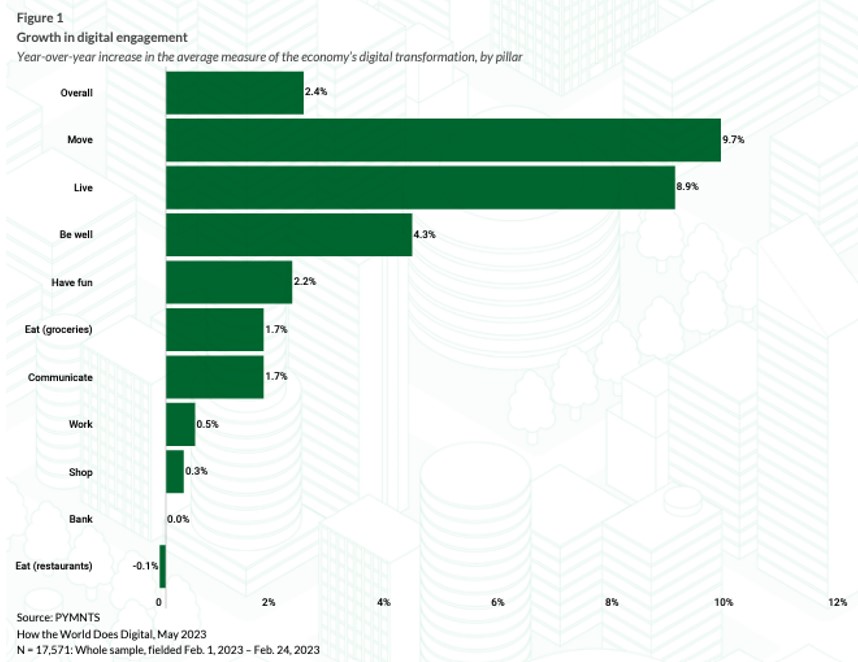BOPIS and Wearables Now Permanent Part of Consumer Everyday Routine

Although the emergency has been officially over since May, these habits persist.
Before the pandemic hit and lockdowns swept the globe, certain consumer preferences that are now facets of everyday life seemed improbable, if not impossible, to catch on. However, at least two consumer-facing features long tracked by PYMNTS show every indication of being a permanent part of the consumer shopping experience.

BOPIS
Originally launched as a method of keeping foot traffic low once pandemic restrictions eased, the continued popularity of buy online, pick up in store (BOPIS) is evidence that the shopping feature is likely not disappearing anytime soon. The feature’s importance to consumers is detailed in PYMNTS’ collaboration with Cybersource, “The 2023 Global Digital Shopping Index: U.S. Edition.”
For the purpose of this survey, BOPIS was divided into two categories: picking up from a service desk or opting for curbside or picking up from a kiosk. The combined share of consumers who cite some sort of BOPIS as their most important shopping feature, 3.1%, makes the option a top choice, ahead of two-factor authentication or price matching. The study additionally notes that the rate of BOPIS and curbside pickup options in the U.S. were up 37% year over year.
Retailers have incorporated BOPIS as part of their larger cross-channel expansion efforts, which includes making in-store transactions more like online purchases and smooth any friction as shoppers continue to purchase across multiple platforms. This has led more stores to double as fulfillment centers as merchants rush to accommodate the consumer demand.

Health Wearables
The pandemic seems to have sped up a momentum that was already underway when it comes to wearables. Previous PYMNTS research found that monthly use among consumers went up from 37% in November 2021 to 42% in October 2022. Those numbers are projected to keep rising, as demonstrated in PYMNTS’ May “How the World Does Digital.”
As the chart illustrates, wellness-related activities overall have grown 4% year over year, with no indication of slowing. The report further notes that the rate of health-related wearable use specifically grew 16% year over year.
This continued sector growth could represent an opportunity for FinTechs or other startups seeking to enter the market as an increasing consumer base may mean more demand for variety.
The pandemic and related emergencies may thankfully no longer be a priority, but certain consumer preferences have evolved into permanent features of daily life. BOPIS and wearables are simply two of those behaviors there is no indication of changing anytime soon.

